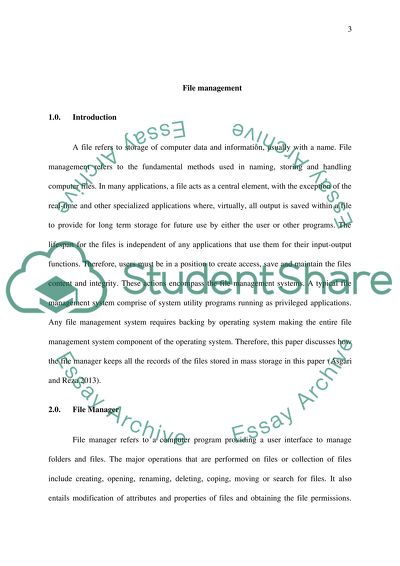Cite this document
(“File Management Essay Example | Topics and Well Written Essays - 1000 words”, n.d.)
File Management Essay Example | Topics and Well Written Essays - 1000 words. Retrieved from https://studentshare.org/information-technology/1638591-file-management
File Management Essay Example | Topics and Well Written Essays - 1000 words. Retrieved from https://studentshare.org/information-technology/1638591-file-management
(File Management Essay Example | Topics and Well Written Essays - 1000 Words)
File Management Essay Example | Topics and Well Written Essays - 1000 Words. https://studentshare.org/information-technology/1638591-file-management.
File Management Essay Example | Topics and Well Written Essays - 1000 Words. https://studentshare.org/information-technology/1638591-file-management.
“File Management Essay Example | Topics and Well Written Essays - 1000 Words”, n.d. https://studentshare.org/information-technology/1638591-file-management.


